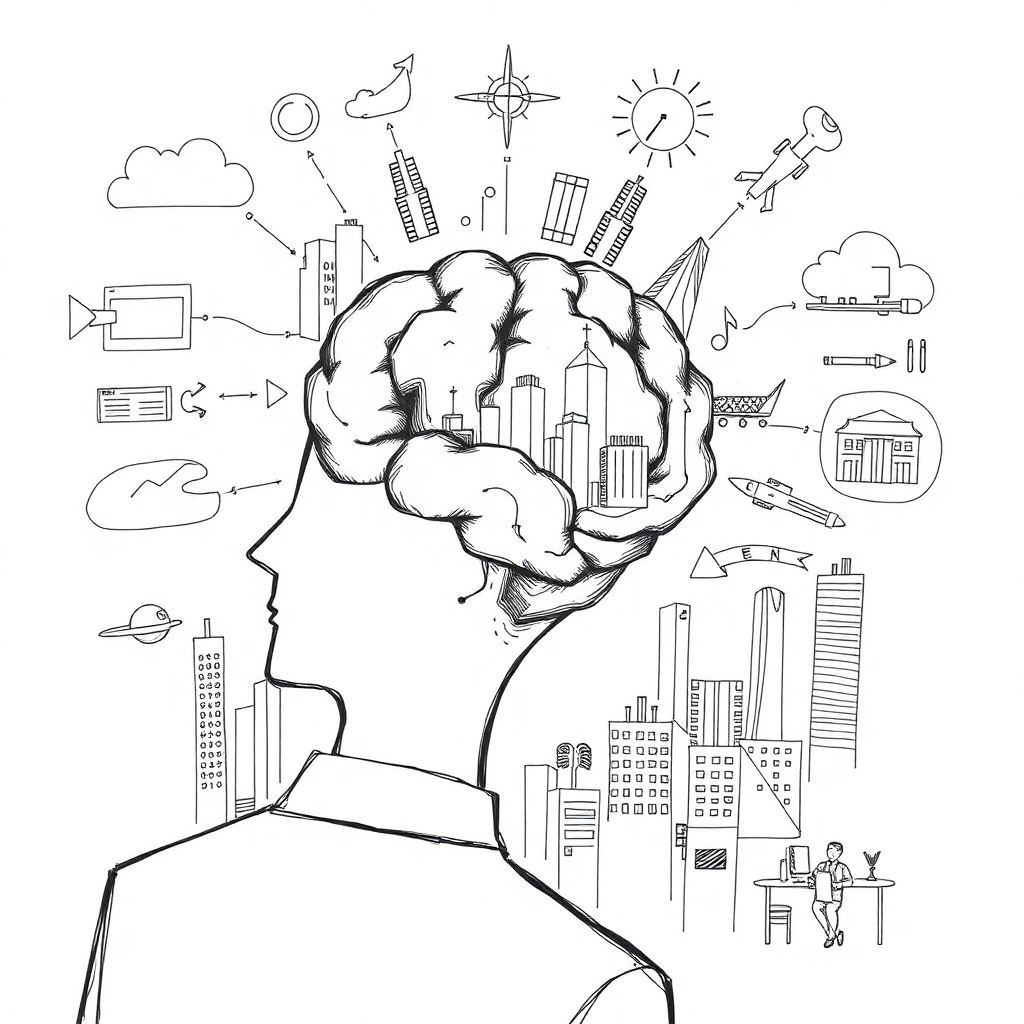
Building Resilience Coping Mechanisms for Business Transitions
Psychology of Change
Adapting in Business Environment
Change is inevitable in the business world, but embracing it can be challenging. Whether it’s a shift in market demands, internal restructuring, or the integration of new technologies, understanding the psychology behind how individuals respond to change is crucial for navigating transitions successfully.

Psychology in a Business Environment
The Impact of Mindset on Adaptation Fixed vs. Growth Mindset
A person’s mindset significantly influences how they handle change. Those with a fixed mindset may resist change, fearing failure or uncertainty. On the other hand, individuals with a growth mindset are more likely to embrace new opportunities, viewing challenges as chances to learn and improve.
Developing Emotional Intelligence Recognizing Emotions in Transition
By recognizing and managing their own emotions—and empathizing with the feelings of colleagues—employees can foster resilience and collaboration. Emotional awareness helps reduce stress and strengthens interpersonal relationships during times of uncertainty.
Building Resilience Coping Mechanisms for Business Transitions
Resilience is the psychological backbone of change management. Employees who cultivate resilience are better equipped to cope with setbacks and adapt to shifting demands. Strategies such as maintaining a positive outlook, seeking support from peers, and practicing mindfulness can help build this essential trait.
Leadership’s Role in Guiding Change Psychological Support from Leaders
Effective leadership is pivotal during transitions. Leaders who communicate openly, provide reassurance, and involve employees in decision-making can alleviate anxieties. Empowering staff with clear goals and resources fosters trust and ensures smoother adaptation to change.

Fostering Collaboration During Change Team Dynamics in Transition
Change can strain team dynamics, but collaboration is critical to navigating transitions effectively. Encouraging open communication, shared problem-solving, and mutual support can strengthen relationships and align team members toward common goals.
Overcoming Resistance to Change Why Resistance Happens
Resistance often stems from fear of the unknown or attachment to established routines. Understanding the psychological reasons behind resistance—such as loss aversion or perceived threats—enables leaders to address concerns and promote buy-in for change initiatives.
Creating a Culture of Adaptability Normalization of Change
Organizations that embrace adaptability create a business environment where change is seen as a natural and expected part of progress. Fostering a culture that values flexibility, learning, and innovation reduces resistance and empowers employees to approach change proactively.
Understanding Change
The Role of Communication Keeping Everyone Informed
Effective communication during transitions is essential for easing uncertainty and building trust. Transparent messaging, regular updates, and clear expectations help employees stay informed and feel valued, reducing anxiety and confusion.
Celebrating Successes in Change Boosting Morale
Acknowledging and celebrating milestones during a transition boosts morale and motivates teams. Recognizing achievements—big and small—encourages positive attitudes and reinforces the benefits of adapting to change.

Leveraging Personal Growth Individual Development During Change
Change isn’t just organizational—it’s personal. Employees often discover new skills, perspectives, and strengths during transitions. Encouraging personal development through training and learning opportunities enhances both individual and organizational adaptability.
Encouraging Innovation Amidst Change Using Change as a Catalyst
Change can spark creativity and innovation. By encouraging experimentation and unconventional solutions, organizations can turn challenges into opportunities for growth. Shifting the focus from “problem-solving” to “possibility-creating” helps teams thrive.
The Power of Positive Reinforcement Recognizing Efforts and Contributions
Positive reinforcement plays a vital role in navigating change. Regularly acknowledging efforts, contributions, and progress motivates employees, reinforces their commitment, and fosters a supportive environment during transitions.
Final Thoughts
In the ever-changing landscape of business, understanding the psychology behind change is key to turning challenges into opportunities. By fostering a growth mindset, emotional intelligence, resilience, collaboration, and adaptability, individuals and organizations can thrive in the face of uncertainty. Rather than fearing change, we should embrace it as a catalyst for progress, innovation, and long-term success. Change is more than an obstacle—it’s the gateway to transformation.
Join the Discussion
Change is a universal experience, but how we respond to it is deeply personal. What strategies have helped you embrace change in a business environment? Do you find mindset, emotional intelligence, or leadership to be the most influential factor?
#ChangeManagement #BusinessGrowth #Leadership #Resilience #MindsetMatters #EmotionalIntelligence #Adaptability #Teamwork #Innovation #GrowthMindset #Collaboration #WorkplaceWellness #FutureOfWork #Communication #SuccessMindset #PersonalDevelopment #ThrivingThroughChange #EmployeeEngagement #BusinessPsychology #PositiveReinforcement #OrganizationalChange #LeadershipMatters #ProfessionalGrowth #ChangeIsOpportunity #BusinessSuccess #StrategicThinking #WorkplaceDynamics #Transformation #BusinessInnovation #NavigatingChange



7 thoughts on “Psychology Of Confusing Business Environments Change”